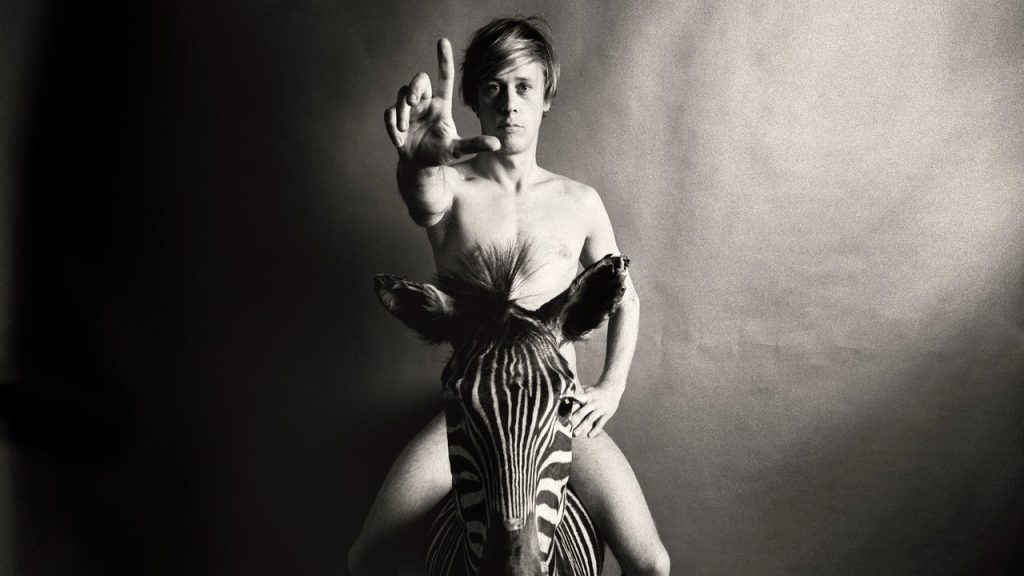Summarize this content to 2000 words in 6 paragraphs One recent sweltering summer afternoon, photographer Ethan James Green and I escaped the heat by visiting the Ukrainian Museum in New York to see “Peter Hujar: Rialto.” In the dog days of a New York City summer, when the temperature feels like it’s rising at the kind of frenzied pace you only wish your bank balance could match, the museum is quite the refuge from those steamy streets. (It still can be: “Peter Hujar: Rialto” runs until the beginning of September.)Of course, the real reason to visit is to see Hujar’s incredible work. One could lavish all sorts of superlatives on the Ukrainian-American photographer, who passed away in 1987, and he would be worthy of all of them. Hujar, a titan of photographic practice, could be unvarnished and direct, but also possessed a very tender way of capturing whoever and whatever was in front of him—a singular marriage of tender intimacy and an unflinching look at humanity.Hujar is best known for his work depicting LGBTQIA+ icons and iconography, from Candy Darling on Her Death Bed, 1973 to Christopher Street Pier #2 (Crossed Legs), 1976. “I love his work, and think that when it comes to gay and queer photographers, he’s one of the best,” Green told me. “When he was coming up, so was Robert Mapplethorpe—and it was like Mapplethorpe was so much about being abstract with his subjects, whereas Hujar is about getting the person in a very raw way. I prefer that approach—especially in portraiture.”Yet the brilliance of “Peter Hujar: Rialto” is that it reveals work of Hujar’s that is much less familiar. What’s on view here spans a period from 1955 to 1969—just over a decade of images, but one in which Hujar captured the world slowly starting to shift on its axis towards what seemed like a more progressive era. That’s true whether he was in rural America or in the spooky Capuchin catacombs of Palermo, with city kids on the streets, or meeting some of the future icons who would go on to ignite the 1970s—Iggy Pop, Warhol superstar Jackie Curtis, and Loulou de la Falaise, who worked with Yves Saint Laurent, et al.“I’m seeing a lot of images I haven’t seen before,” Green said that afternoon. “You tend to forget that he’s a photographer who was shooting for a good amount of time, and there was just so much work. You realize when someone passes that certain images stay and others maybe slip away—and that has nothing to do with how good they are.”


